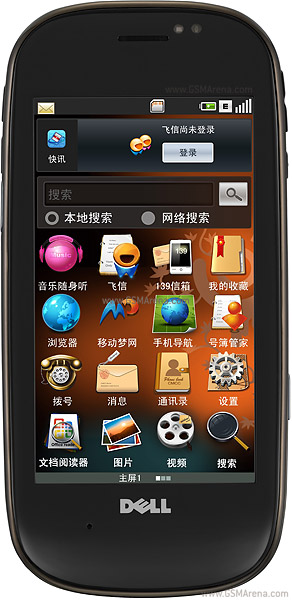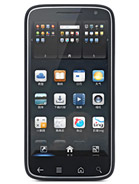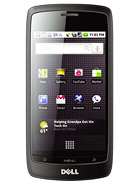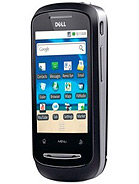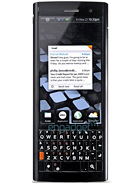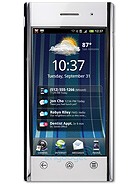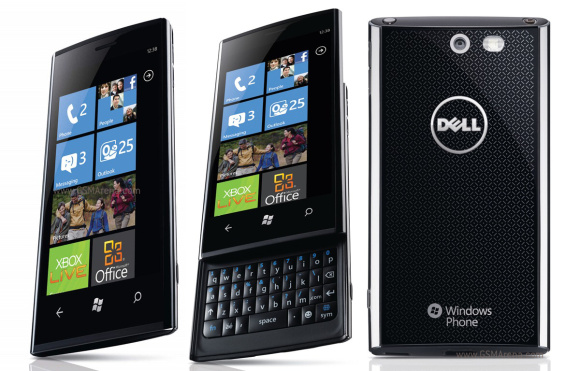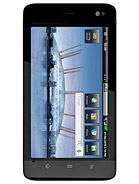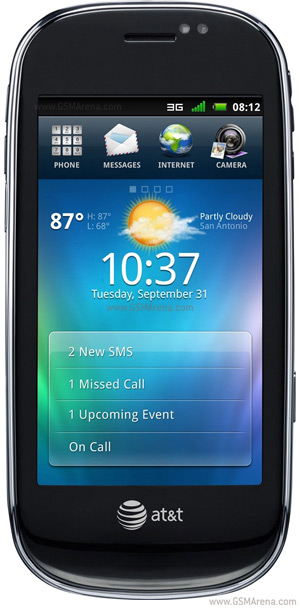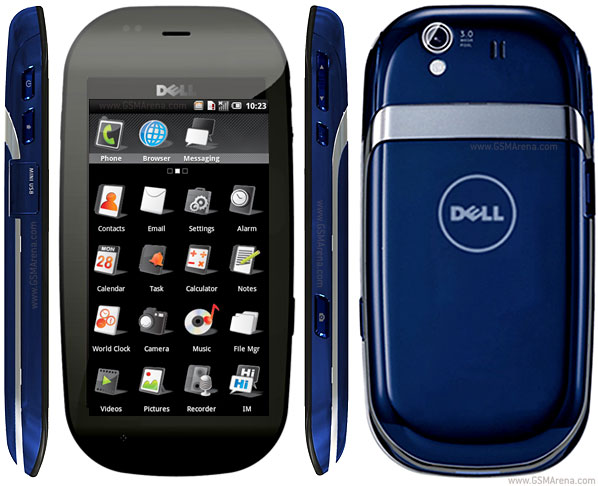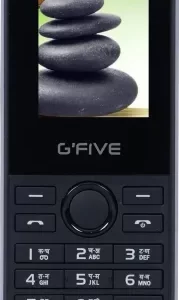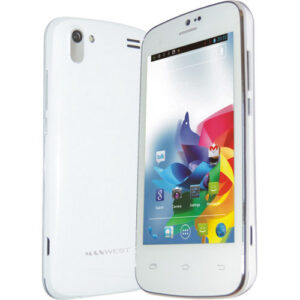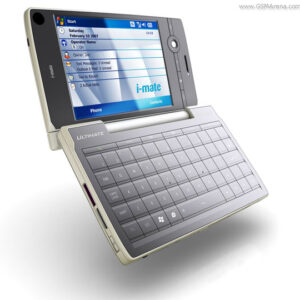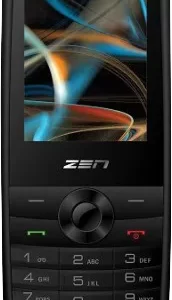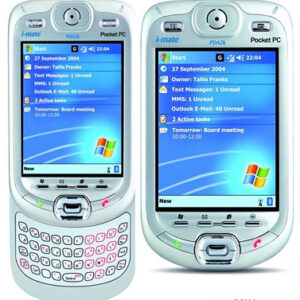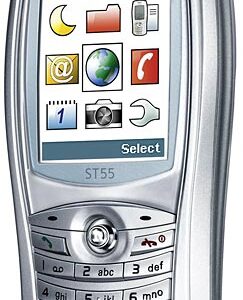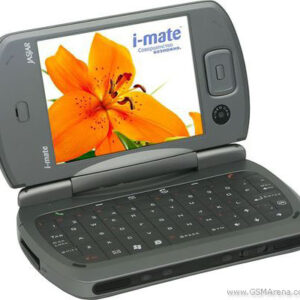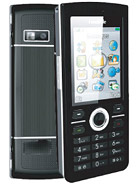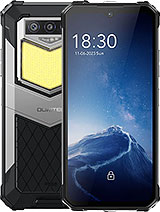Dell Mini 3i Overall Review
Launched in November 2009, the Dell Mini 3i marked Dell’s foray into the smartphone market, signaling an ambitious attempt to blend their computing expertise with mobile technology. The Mini 3i features a 3.5-inch display, offering a reasonable screen size for its time, and it operates on a proprietary Android-based platform. This was a significant move, considering Android’s burgeoning popularity during this period.
With a 3.15 MP primary camera, the Mini 3i delivered on the basic expectations for mobile photography of the era, allowing users to capture everyday moments. The device comes with 256 MB of storage, which by today’s standards is minimal but was adequate for the user needs of the early smartphone era, especially when supplemented by microSD expansion.
The Mini 3i is powered by a 1000 mAh battery, reflecting the battery technology and usage patterns of the time. Given the phone’s specifications and the less demanding nature of mobile applications back then, this battery capacity aimed to support a full day’s use under normal conditions.
Connectivity options included basic GSM support, which emphasized its role as a communication device first and foremost. The absence of 3G or WiFi in some variants notably restricted internet speeds and connectivity, a significant consideration for users depending on their geographic location and network availability.
Dell Mini 3i Pros and Cons
Pros:
- Solid build quality, characteristic of Dell’s manufacturing standards.
- A sizable screen for the era, improving user interaction and content viewing.
- The proprietary Android-based OS provided a unique user experience outside of the standard Android ecosystem.
- Basic functionality covered well, with support for essential apps and services.
Cons:
- Limited by the technological standards of the time, with storage and battery life considered minimal by today’s expectations.
- Lacks advanced connectivity options such as 3G or WiFi in some models, limiting internet access and speeds.
- The camera, while adequate for basic photography, falls short of the capabilities found in later smartphones.
- The proprietary OS could restrict app compatibility and access to updates compared to mainstream Android devices.
